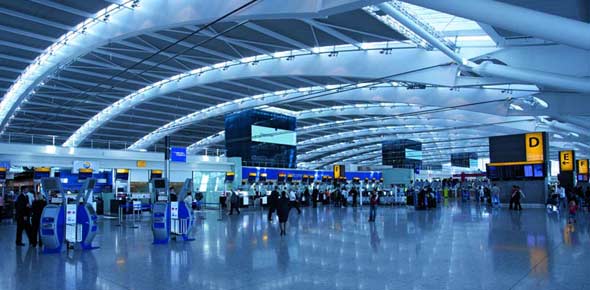During your patient's pre-operative assessment for an elective...
You are unable to intubate your patient after multiple attempts....
You are happily performing general anesthesia on your intubated...
Which of the following is the proper sequence of RSI?
Which of the following NOT a contraindication to nasal intubation?
Which of the following is not an indicator of difficult airway?
Which of the following are indications for awake intubation?
You are performing general anesthesia on a healthy 28 y.o. smoker for...
You are performing general anesthesia on an obese patient with DM, and...
Which of the following is NOT an indicator for a pre-operative chest...
All of the following are necessary for a fire to occur in the OR...
Automatic implantable cardioverter-defibrillators (AICD's) need to...
Which of the following is the most reliable indicator of successful...
This nerve provides sensation to the posterior 1/3 of the tongue, the...
You are performing anesthesia on a 10 month old. They last...
Garlic, gingko, and ginseng are 3 herbal medications associated with...
Which of the following is NOT a paired cartilage in the larynx?
You have attempted to intubate your patient for the 3rd time and were...
This cardiovascular condition poses the greatest risk for...
When utilizing transtracheal JET ventilation it is important to...
Which of the following patients are not at risk for delayed gastric...
Performing a needle-puncture cricothyrotomy would require all of the...
You are going to be performing anesthesia on a patient with Type 1...
This block is placed at the posterior of the lower palate at the...
You extubate your patient and note that they are in acute respiratory...
A right-sided double lumen tube is the most commonly used.
A short thyromental distance:
Which of the following is not indicative of a patient being able to...
The temperature of an OR in a pediatric hospital is typically less...
This nerve provides sensory innervation BELOW the vocal cords as well...
This process involves the conduction of heat via air currents around...
Treatment of laryngospasm includes all of the following except:
Inserting a 14g - 18g IV catheter through the cricothyroid membrane...
The LMA has increased OR safety by easily provided protected airways...
Fiberoptic intubations are contraindicated in which scenarios?
Which type of heat loss has the greatest effect on a patient's...
Which of the following intrinsic muscle of the larynx adducts the...
This topical anesthetic causes local anesthesia and vasoconstriction....
This nerve block is difficult to perform, it requires an angled needle...
ANSI/ASHRAE/ASHE standard 170 reduced the required humidity percentage...
In order for a smoker to decrease carboxyhemoglobin levels they should...
The maximum amount of electrical leakage in the OR is how many mA?
Congratulations! You have successfully intubated your first adult...
Which of the following will NOT reduce the risk of aspiration during...
What is the greatest risk factor for post-operative pulmonary...
A tracheotomy is performed below the isthmus of the thyroid which...
The highest period of risk for reinfarction following an acute MI is...
A patient undergoing major surgery must have a CBC, BMP, EKG, room air...
This nerve provides motor control to the cricothyroid muscle.
The recurrent laryngeal nerve block is performed above the thyroid...
Which of the following is NOT a complication of hypothermia?
Benzocaine spray, also known as Hurricane Spray, is a 20% solution....
Convulsions, respiratory arrest and circulatory collapse have been...
Which of the following are contraindications for peri-operative...
Match the following structures with their corresponding vertebral...
Which of the follow is true about cricoid pressure, also known as the...
Which of the following are indicators of a potential difficult...
















